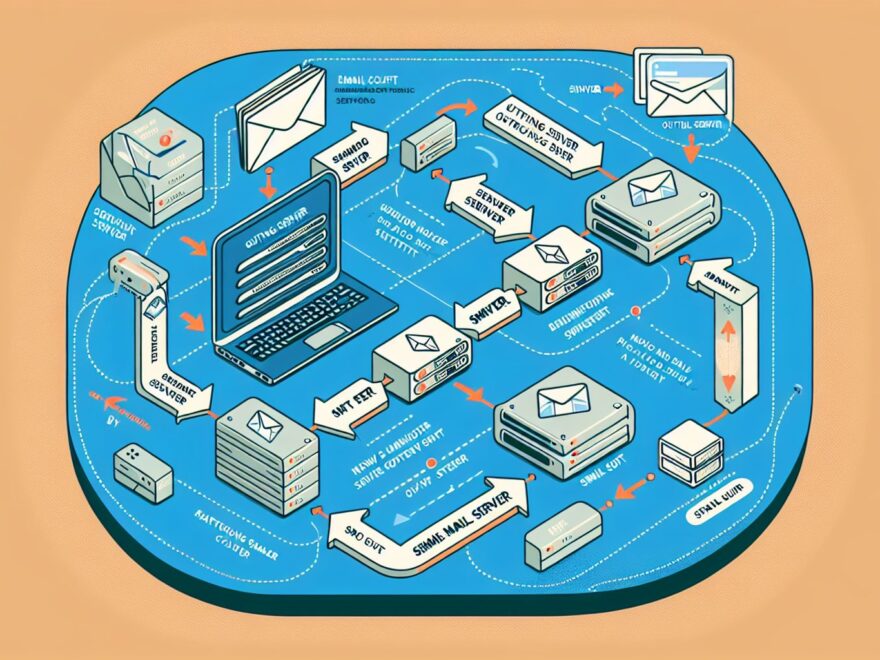In today’s digital age, email has become a crucial communication tool for students. Whether sending assignments to professors, collaborating on group projects, or staying in touch with classmates, email is an essential part of academic life. But have you ever wondered how email servers actually work? In this article, we will explore the ins and outs of email servers and why understanding their functioning is important for students.
Email servers are the backbone of the email system. They are responsible for sending, receiving, and storing emails so that they can be accessed by users anytime, anywhere. When you send an email, it goes through a series of steps before reaching its intended recipient. Let’s break down how email servers work in a simplified manner:
-
Composing and sending the email: When you hit the “send” button, your email client (e.g., Gmail, Outlook) communicates with your email server. The server then processes the email and forwards it to the recipient’s email server.
-
Receiving and storing the email: The recipient’s email server receives the email and stores it in the recipient’s inbox. The recipient can then access the email using their email client.
-
Retrieving the email: When the recipient opens their email client and clicks on the email, their email client communicates with the email server to retrieve the email content. This content is then displayed to the recipient.
While this may sound straightforward, email servers rely on complex systems and protocols to ensure that emails are delivered accurately and securely. Email servers use protocols such as SMTP (Simple Mail Transfer Protocol) and IMAP (Internet Message Access Protocol) to send and receive emails. SMTP is responsible for sending emails, while IMAP is used to retrieve emails from the server.
Understanding how email servers work is crucial for students because it can help them troubleshoot common email issues. For example, if you are unable to send emails, there may be a problem with your email server configuration. By knowing how email servers operate, students can work with their IT departments or web development teams to resolve any issues quickly.
Moreover, knowing how email servers work can also help students protect their privacy and security. Email servers store a vast amount of sensitive information, including personal conversations, financial details, and academic records. By understanding the mechanisms behind email servers, students can take steps to secure their emails, such as enabling two-factor authentication, using strong passwords, and avoiding phishing attempts.
In addition, understanding email servers can also benefit students in their future careers. As technology continues to evolve, digital literacy skills are becoming increasingly important in the workplace. Knowing how email servers work can set students apart in a competitive job market and open up opportunities in IT departments, web development, and other tech-related fields.
In conclusion, email servers play a critical role in enabling seamless communication for students. By understanding how email servers work, students can troubleshoot email issues, protect their privacy, and enhance their digital literacy skills. So next time you send an email, take a moment to appreciate the complex systems that make it all possible. Who knows, you might even consider a career in IT or web development!
